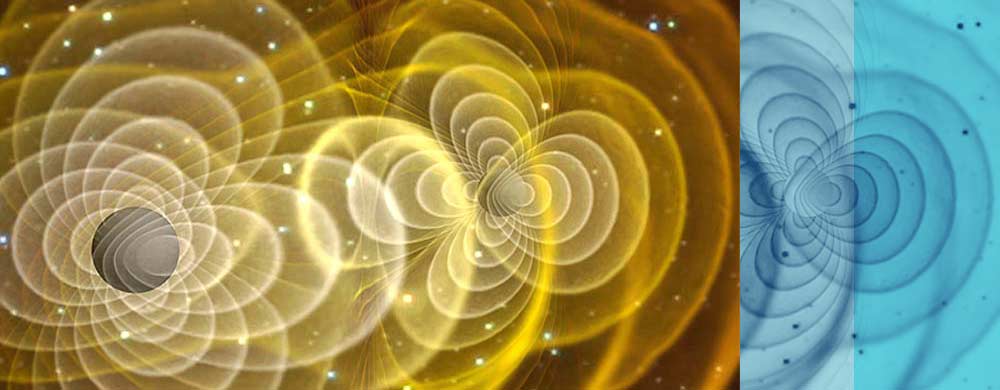
| HOME | NAPOLI GROUP MEMBERS | VIRGO | LISA | GRADUATION AND PHD THESES AND GW | CONTACT |

The Gravitarional Waves (GW) Napoli research group is involved in two
main activities on the experimental side: the Virgo
experiment (and its forthcoming upgrade Advanced Virgo) for a ground
based detector and the LISA
mission for a space based search.
VIrgo is a 3-km long interferometer built in the framework of a French-Italian collaboration. Today, this collaboration involves 19 laboratories with more than 250 scientists in France, Italy and also in the Netherlands, Poland and Hungary as well.
The Laser Interferometer Space Antenna (LISA) is a cooperative mission with NASA, designed to detect 'ripples' in space-time. As announced by ESA in March 2011, due to a modified international cooperation scenario, it is now necessary to study a European-only mission that offers a significant reduction of the cost while maintaining its core science objectives.
The original project LISA's three spacecraft will form an equilateral triangle with an arm's length of about 5 million km. Each spacecraft houses two free-floating cubes made of a gold-platinum alloy inside the spacecraft, shielded from adverse effects of being in interplanetary space. The distance between the cubes in different spacecraft is monitored using highly accurate laser-based techniques. In this manner, it is possible to detect minute changes caused by passing gravitational waves
| Webdesign by RngDesign - Rome-Italy | Laboratorio Onde
Gravitazionali c/o Dipartimento Scienze Fisiche Universita' di Napoli Federico II Via Cinthia Complesso Universitario di Monte S.Angelo |